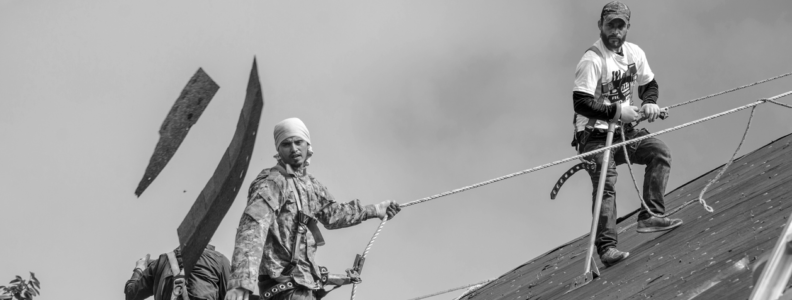Blog

How To Insure A Winery – Part 1
There is something magical that results when grapes sit and do nothing: they turn to wine. The environment and conditions have to be just right, but with enough time, grapes become wine by virtue of sitting still.
Those who make the wine, on the other hand, are anything but still. The winery business is difficult, and those that enter into it must have a complimentary blend of patience and hustle, as well as the ability to face the risks involved.
Every business must deal with risk, but a winery is a different kind of business, blending farming, manufacturing, often restauranting and even tourism. It has a unique set of risks. Because of this, it is to the wine maker’s benefit that he or she takes the time to find a proper insurance plan. But what does that mean? What is a proper insurance plan?
First, it’s important to know what we’re actually able to insure when we insure a business, any business. The fact is many things – most things – in the wide world of what could possibly go wrong are not insurable. (For more on what’s not insurable, please check out my previous blog post). But of those things that are insurable, a solid insurance plan will cover them. Those insurable things – that a proper insurance plan will cover – fall into two categories:
- Liability
- Property
Let’s talk about Liability and what it means.
Liability means YOUR liability to OTHERS. It is Bodily Injury or Property Damage to OTHERS that YOU are responsible for because of your negligence. What could you be held liable for? Here are a few examples.
- A patron checking out your tasting room slips and falls on your steps, sprains her ankle, knocks her head on the ground giving her a concussion… and cracks her iPhone screen.
- A wine-club patron loses his grip on his newly purchased bottle of your wine. It falls to the ground, smashing his toe and spraying glass shards into his shin. He claims it happened because the label came loose.
- After leaving your restaurant or tasting room, a patron drives through a red light, hits and kills a pedestrian and gets charged with a DUI. You are sued for serving that patron too much wine.
- You store your wine at a leased location and the owner of that property requires that you cover him if anyone gets hurt or damages their property on his premise because of your actions.
- You’re on your tractor, crossing the road in between your two vineyards, and a car comes out of nowhere and hits you, and later sues you for the back injuries sustained.
Note: you don’t have to actually be negligent to have a bodily injury or property damage claim cost you money. Just being accused of a wrongdoing means that you have to pay a lawyer to defend you, and the cost to prove your innocence is often as much as it would have cost if you were actually held liable and settled in the first place.
As you can see, there are a lot of things that can go wrong resulting in bodily injury and property damage at your winery that you could be held liable for. What then is the proper type of insurance to pay for these incidents? The answer is: Commercial General Liability insurance.
Commercial General Liability (CGL) insurance pays for bodily injury and property damage your winery business is held liable for, or merely accused of being held liable for.
 The CGL policy starts with a big promise – it will pay if you are liable. It then goes and lists some of the things it won’t pay for. That list is called the Exclusions. In order to avoid a long academic post that only insurance geeks like me would be interested in, I’m going to cut to the chase. There is a big exclusion that a winery must pay attention to – the Liquor Liability exclusion.
The CGL policy starts with a big promise – it will pay if you are liable. It then goes and lists some of the things it won’t pay for. That list is called the Exclusions. In order to avoid a long academic post that only insurance geeks like me would be interested in, I’m going to cut to the chase. There is a big exclusion that a winery must pay attention to – the Liquor Liability exclusion.
The Liquor Liability exclusion states that if you are in the business of manufacturing, selling, and/or serving alcohol (and you are!), the liability arising out of your alcohol does not apply.
The good news is there is a fix for this gap: Liquor Liability insurance. Most of the time Liquor Liability insurance can be included on the same package of coverages/policies from the company insuring your winery. If not, it can be purchased as a standalone policy. (It usually costs less if it’s included on the package). Either way, Liquor Liability insurance will fill the gap from the exclusion referenced above. A winery absolutely always need Liquor Liability insurance – so make sure you have it!
Wrapping up this section; a proper insurance plan will cover the liability and property risks that your winery faces. A CGL and Liquor Liability are critical components to insuring the liability portion of your winery.
Now what about the other insurable risk – Property? Find out in Part 2.
This a 3 part series. Click here to go to part 2. Click here to go to Part 3.
 ELI GILLESPIE
ELI GILLESPIE
I’m the commercial producer and owner at Gillespie Insurance Services.
SCHEDULE A CALL
SEND EMAIL





